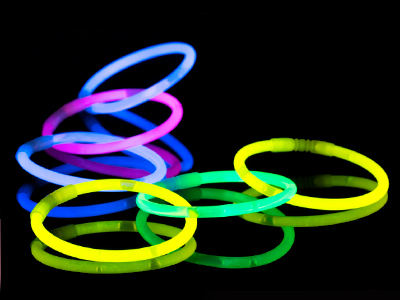
Endothermic and Exothermic Reactions 2
This Chemistry quiz is called 'Endothermic and Exothermic Reactions 2' and it has been written by teachers to help you if you are studying the subject at high school. Playing educational quizzes is a user-friendly way to learn if you are in the 9th or 10th grade - aged 14 to 16.
It costs only $12.50 per month to play this quiz and over 3,500 others that help you with your school work. You can subscribe on the page at Join Us
Exothermic reactions release energy into the surroundings, whereas endothermic reactions absorb energy. Hand warmers, glow sticks and self heating coffee are all applications of energy changes in chemical reactions. For the higher tier of high school Chemistry, you will be expected to explain how and why these energy changes occur. The short answer to 'how' is that during a chemical reaction, bonds are broken and made. The short answer to 'why' is that energy is involved in making and breaking bonds.
Ready for more?
not all...
quizzers. Try to win a coveted spot on our Hall of Fame Page.







